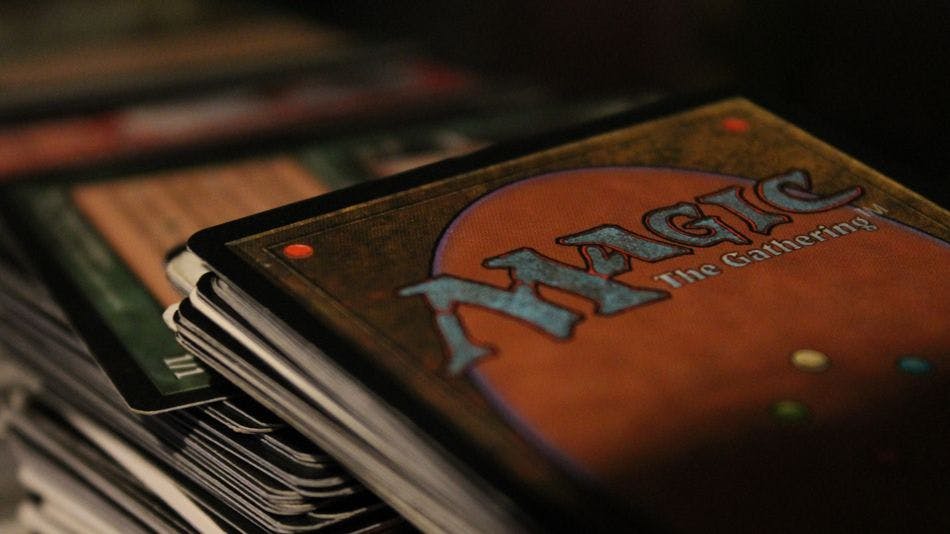
The Evolution of MTG Proxies: A Journey from Handmade to High-Quality
Explore the fascinating evolution of Magic: The Gathering proxies, tracing their journey from simple handmade versions to advanced, high-quality prints, and uncover the impact on the Magic: The Gathering community and gameplay.
Introduction
Magic: The Gathering (MTG), since its inception in 1993, has not only revolutionized the world of collectible card games but also spawned an intriguing aspect of play: the use of proxies. Proxies, essentially stand-ins for actual MTG cards, have evolved significantly over time.
This evolution from rudimentary, handmade versions to sophisticated, high-quality prints reflects not just technological advancements but also shifts in player attitudes and community norms within Magic: The Gathering. Let's delve into this fascinating journey and its impact on the MTG community.
The Early Days: Handmade Proxies
In the early days of MTG, proxies were a grassroots solution to a common problem: accessibility to rare and expensive cards. Players, driven by necessity and creativity, handcrafted their proxies.
These ranged from simple sketches on paper slips to more elaborate hand-drawn art, often inserted into card sleeves alongside a basic land or common card for rigidity. While these handmade versions lacked the aesthetic appeal and durability of actual MTG cards, they served a critical role in casual play, allowing players to experiment with different strategies and decks without financial constraints.
Technological Leap: The Digital Era
The advent of digital technology marked a pivotal shift in the production of MTG proxies. High-resolution scanners and printers allowed players to create more accurate and visually appealing replicas. The internet facilitated the sharing of high-quality card images, making it easier for players worldwide to access and print proxies.
This era saw a significant improvement in the quality of proxies, with some almost indistinguishable from official cards in casual settings.
Customization and Artistry
As printing technology became more accessible and advanced, proxies began to reflect not only a desire to replicate but also to innovate. Artists and enthusiasts started creating custom proxies, often featuring alternate art, personalized designs, and creative interpretations of existing cards.
This customization added a new dimension to proxies, transforming them from mere stand-ins to unique expressions of creativity and passion for the game.
The Community and Economy Impact
The evolution of proxies has had a mixed impact on the MTG community and economy. On one hand, high-quality proxies have democratized access to the game, allowing players who could not afford rare or out-of-print cards to compete on a more level playing field. This inclusivity has been vital in fostering a diverse and vibrant player base.
On the other hand, the ease of creating high-fidelity proxies has raised concerns about counterfeiting and its impact on the collectible aspect of MTG. Wizards of the Coast, the game's publisher, maintains a firm stance against proxies in official tournaments, primarily to protect the game's integrity and economy.
However, in casual and non-sanctioned events, the community often adopts a more lenient attitude, acknowledging the role of proxies in promoting accessibility and enjoyment.
Conclusion
The evolution of MTG proxies from humble, handmade versions to sophisticated, high-quality prints mirrors the broader evolution of the game and its community. While challenges and debates regarding their use persist, proxies undeniably play a significant role in MTG culture. They stand as a testament to the game's enduring appeal and the community's ingenuity, ensuring that the magic of MTG remains accessible and enjoyable for all.